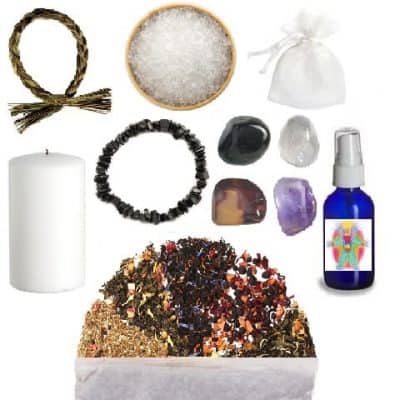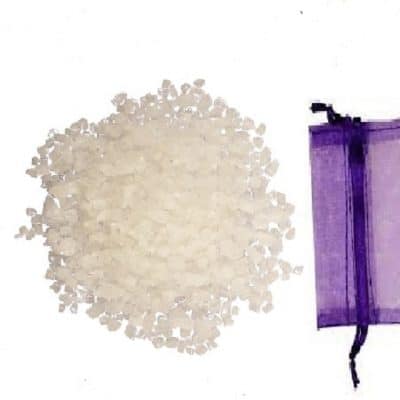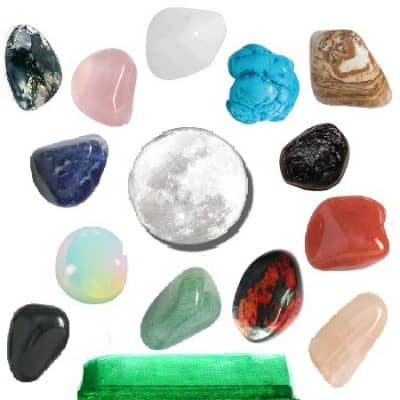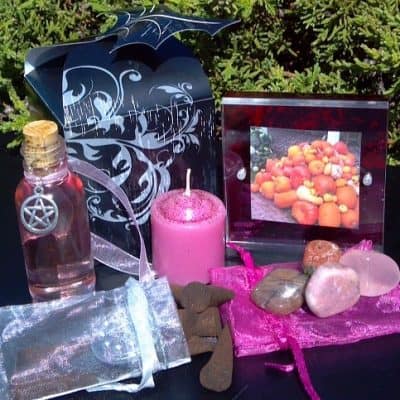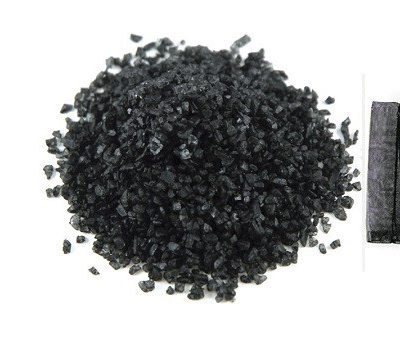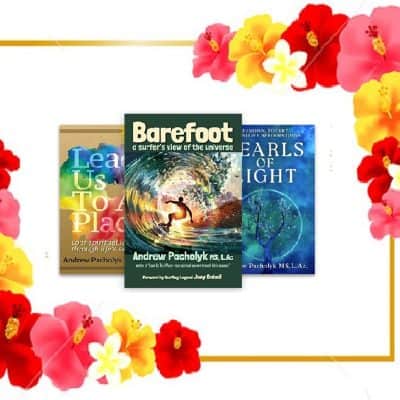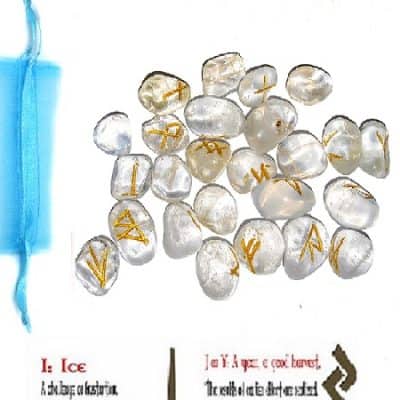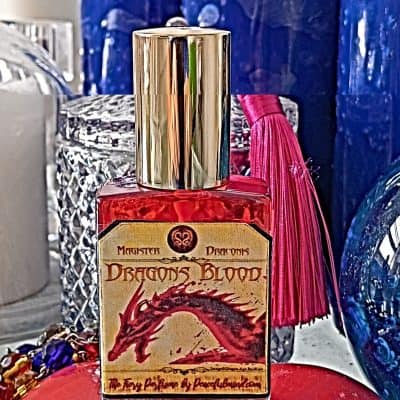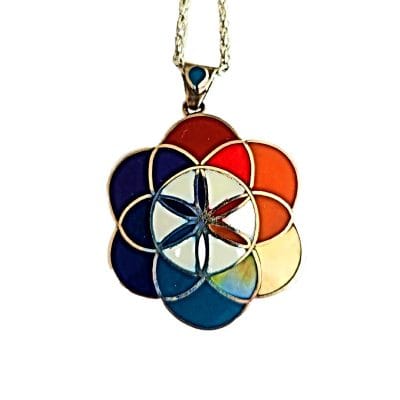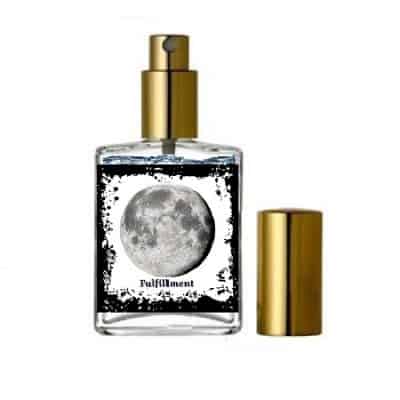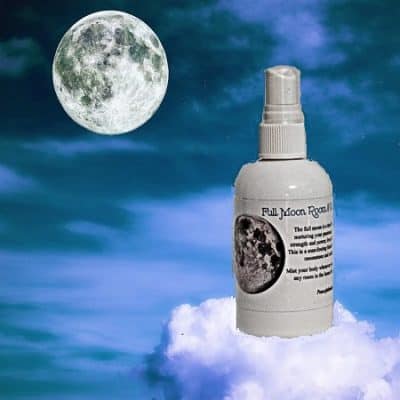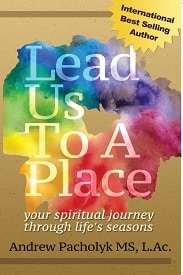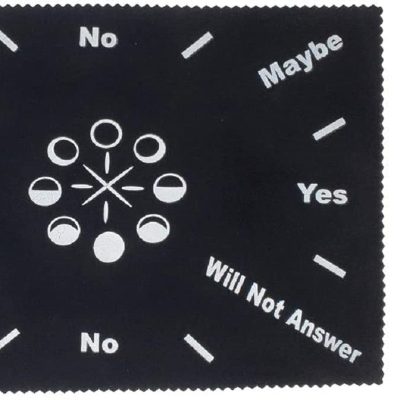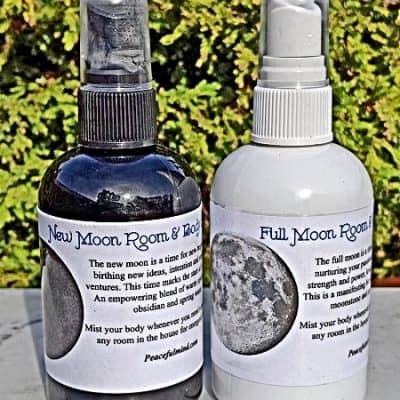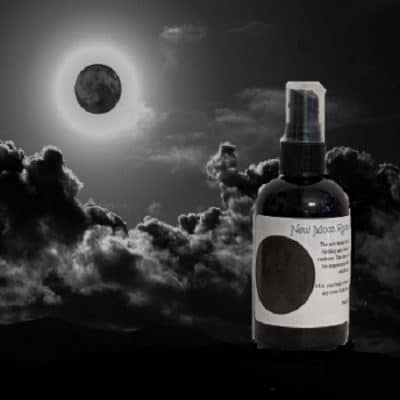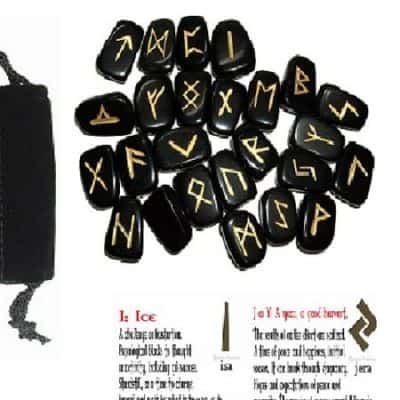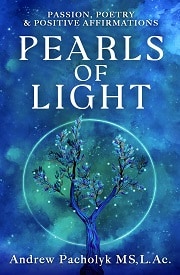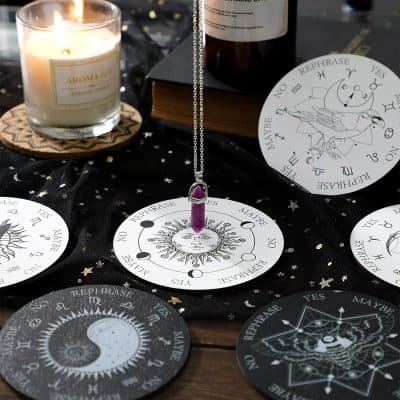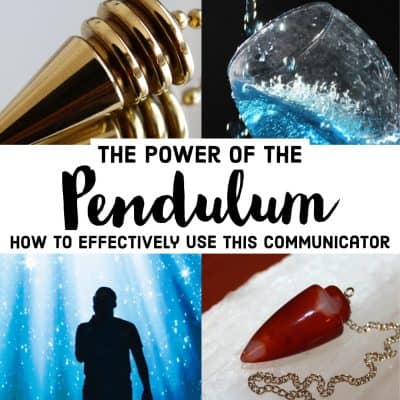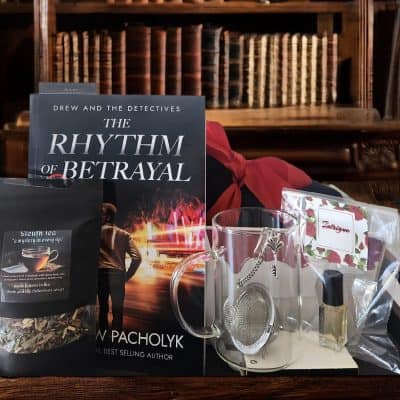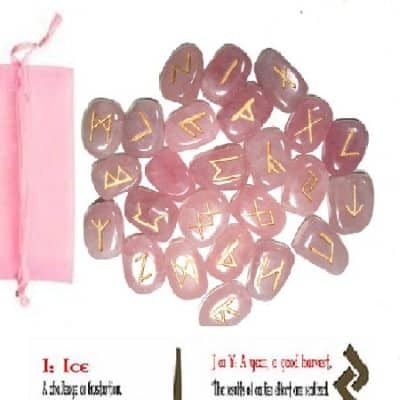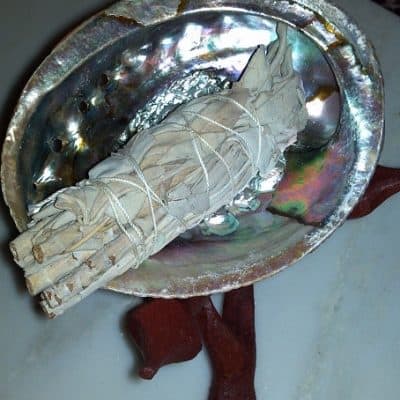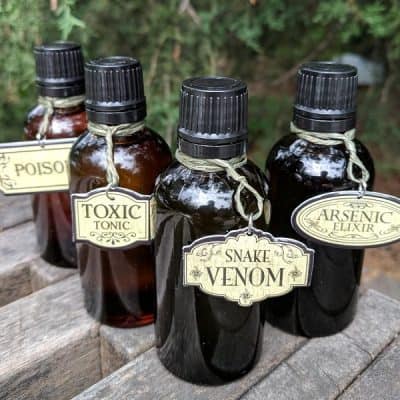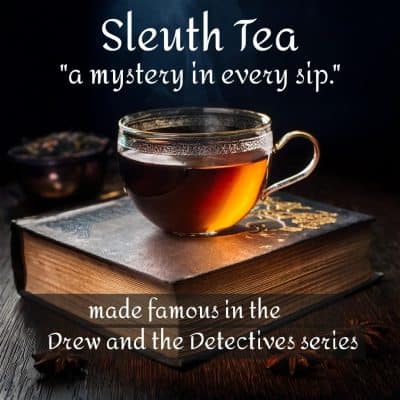Samhain
October 31 – November 2 is considered All Hallow’s Eve, All Saints Day and All Souls Day (The Triduum of All Hallows). This holiday is a magical representation of the suspension of time when the thin wall between earth and the Otherworld is lifted.
This is a most powerful day to communicate with spirits, ancestors and departed loved ones. This time marks the end of the pastoral year and the beginning of the next year’s cycle. In Ireland, it was the celebration of the fermentation of grains and the consumption of alcohol.
Bonfires were built on the hill of Tlachtga, to honor “the crone”, the first funeral site which honored divination and the time to honor the dead and the “wild hunt” of the fairies that would ride the land and wreck havoc and mayhem.
Celebrated all over the world and in different cultures including the festival of All Hallow’s Eve (Ireland, Galic, Britain) Halloween (US) All Saint’s Day (Christian) Day of the Dead (Mexico)
When: October 31 – November 2
Season: Cross Quarter : (Mid-way point between the Autumn Equinox and Winter Solstice)
Represents: “Summer’s End”, 3rd Harvest, Death and New Beginnings and the The New Year.
Virtues: Divination, Intention, Intuition
Symbols: Cauldron, Protection Charms, “Dumb Cakes”, Pumpkins, Ghosts, Candles
Gemstone: Agate, Copper, Flint, Obsidian, Onyx, Selenite, Clear Quartz
Color: Black, Orange, Indigo
Essential Oils: Cinnamon, Clove, Pepper, Pine, Patchouli, Vetiver
Remedies: Cinnamon, Garlic, Ginger, Marjoram, Oregano, Pepper, Rosemary, Thyme, Sage
Flowers: Aster, Chrysanthemum, Gerber Daisies, Dahlia, Marigold, Roses, Statice, Sunflowers, Zinnia, Dried Leaves
Element: Air
Direction: Northwest
Life Event: Divination, Harvest
Lunar: Harvest Moon or Hunter’s Moon
Body Healing: Instant Calming
Mind Healing: Divination
Spirit Healing: Sacred Spirit
Samhain Meditation: Awareness
Samhain Connections: Resin Incense, Celtic Candles, Essential Oil Blends, Celtic Amulets, Celtic Crystals, Celtic Astrology
-

“Celtic Offerings” Incense
$ 11.95 -
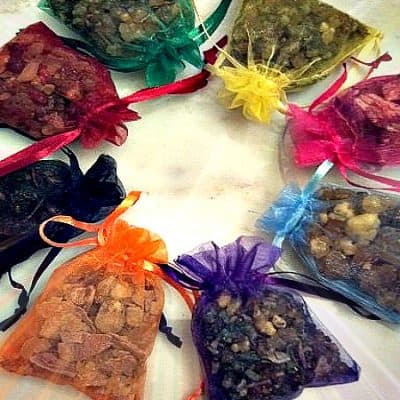
“Wheel of the Year” Resin Incense
$ 4.95 -
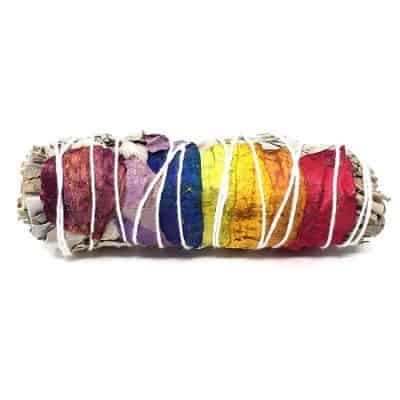
7 Chakra Sage Smudge Stick
$ 6.95 -
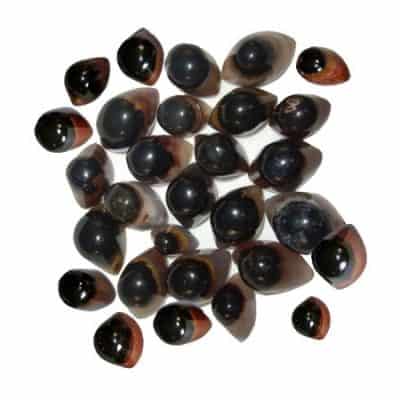
Agate Eye
$ 19.95 -
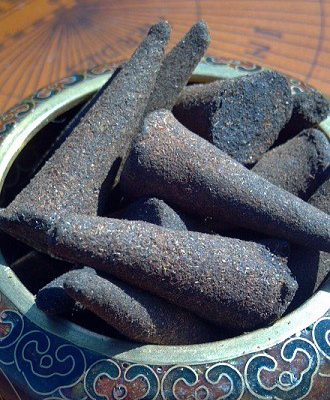
Bewitching Incense Cones
$ 4.95 -

Black Forest Myst
$ 14.95 -
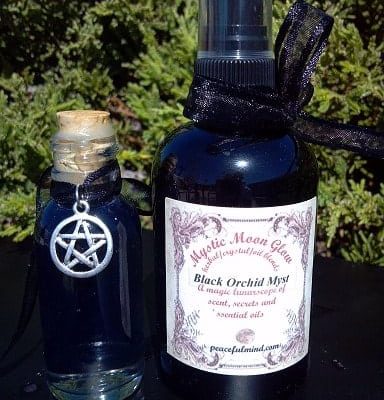
Black Orchid Set
$ 24.95 -
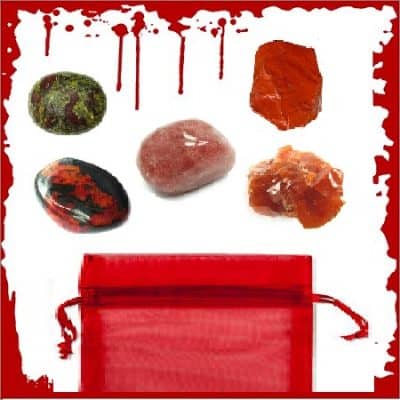
Blood Moon Crystal Pouch
$ 21.95 -
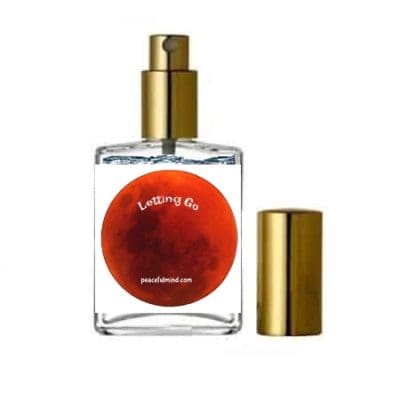
Blood Moon Perfume
$ 29.00 -
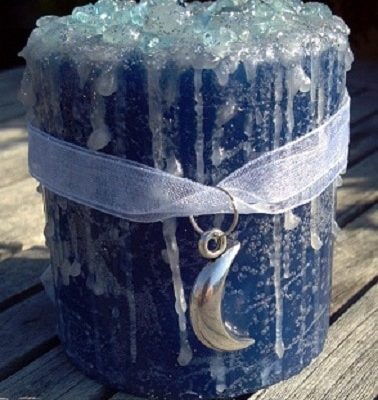
Blue Moon Candle
$ 19.95 -
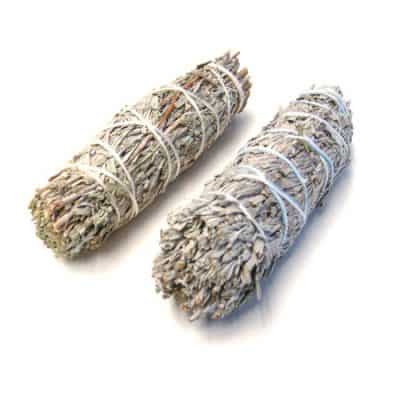
Blue Sage Smudge Stick
$ 6.95 -
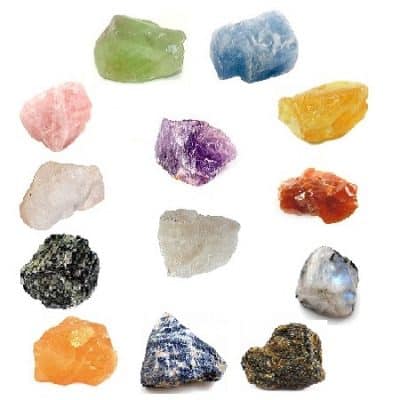
Calcite Divination Set
$ 49.95 -
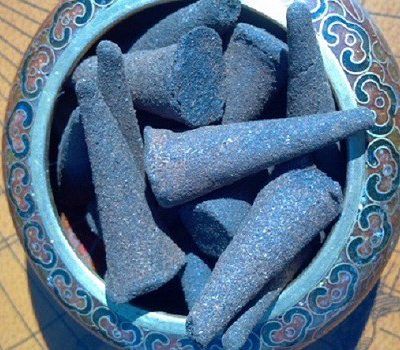
Cedarwood Incense Cones
$ 4.95 -
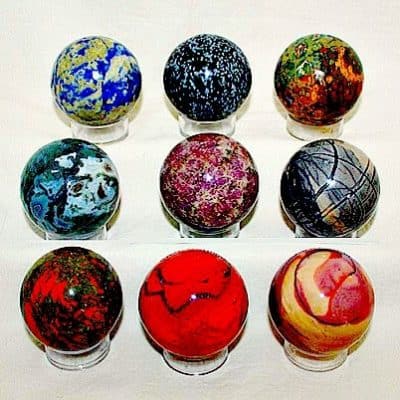
Crystal Spheres
$ 21.95 -
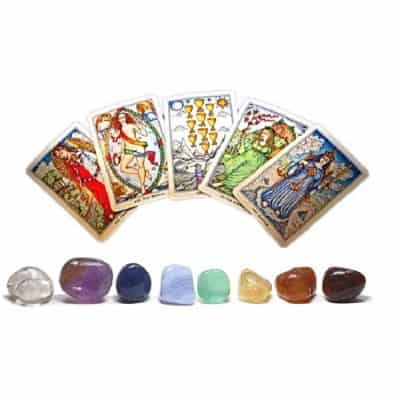
Crystal Tarot Set
$ 49.95 -
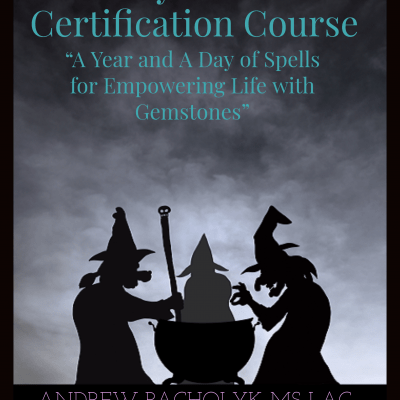
Crystal Witch Course
$ 279.95 -
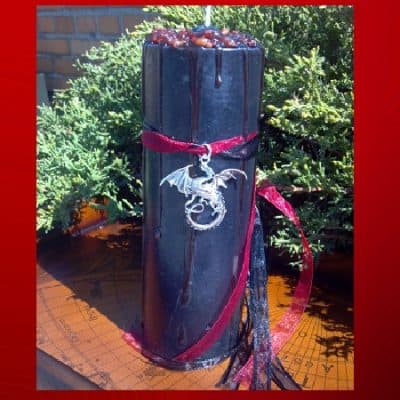
Dragon Candle Magic
$ 24.95 -
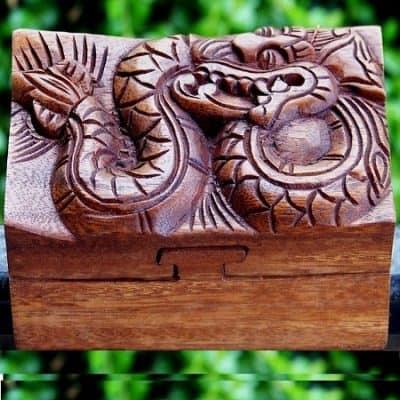
Dragon Puzzle Box
$ 21.95 -
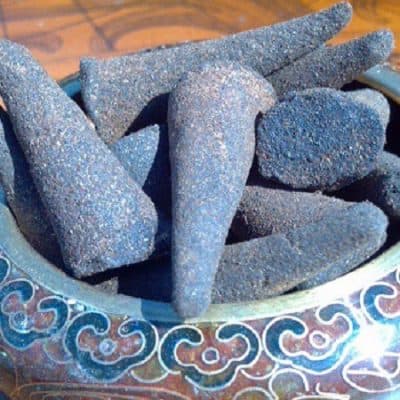
Dragon’s Blood Incense Cones
$ 5.95 -
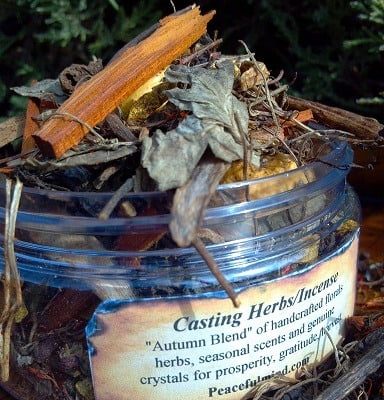
Fall Casting Herbs
$ 8.95 -

Fall Resin Incense
$ 5.95 -

Floral Sage Pack
$ 19.95 -

Four Seasons Casting Herbs
$ 8.95 -
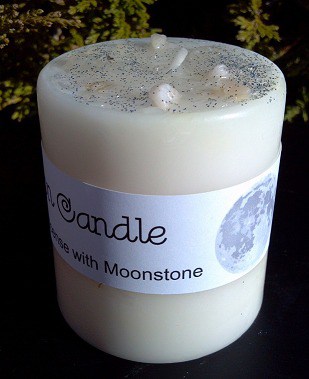
Full Moon Candle
$ 14.95 -
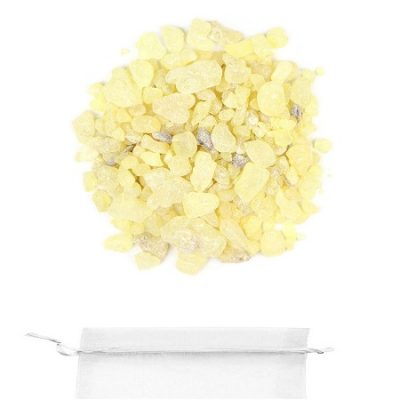
Full Moon Resin Incense
$ 6.95 -
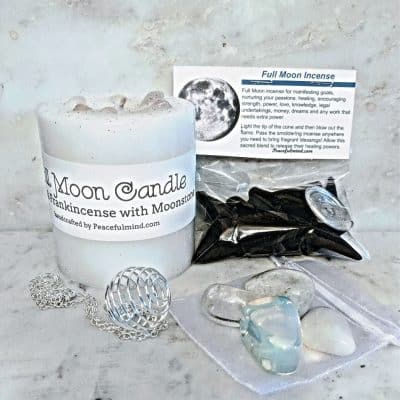
Full Moon Ritual Kit
$ 29.95 -
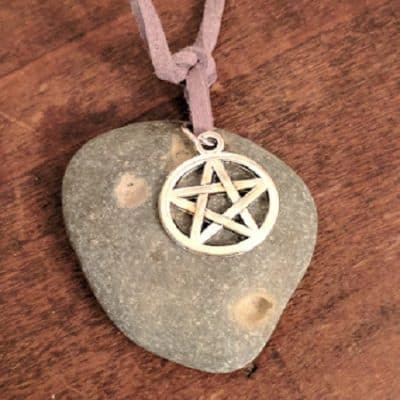
Hag Stone Pentagram
$ 21.95 -
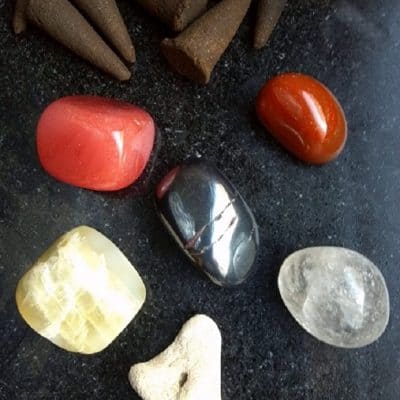
Halloween Crystal Pouch
$ 14.95 -

IChing Incense Cones
$ 5.95 -
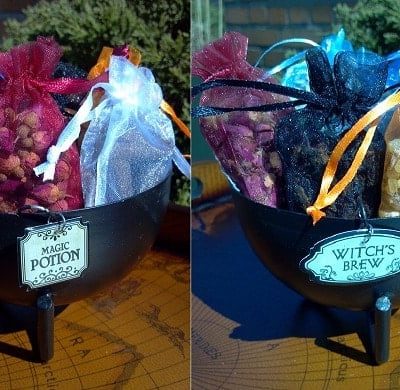
Incense Cauldron
$ 24.95 -
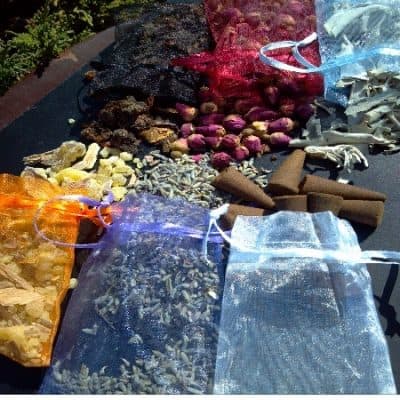
Incense Herbal Sampler
$ 11.95 -
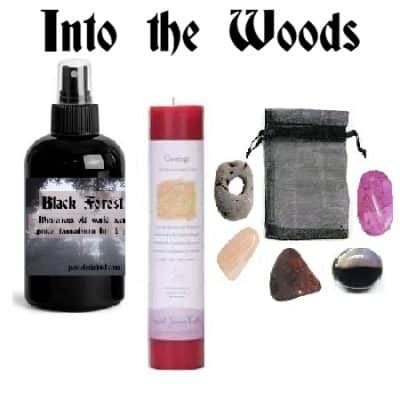
Into the Woods
$ 34.95 -

Key Stone
$ 21.95 -
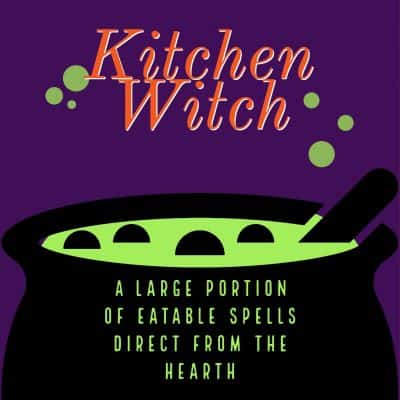
Kitchen Witch Ebook
$ 9.95 -
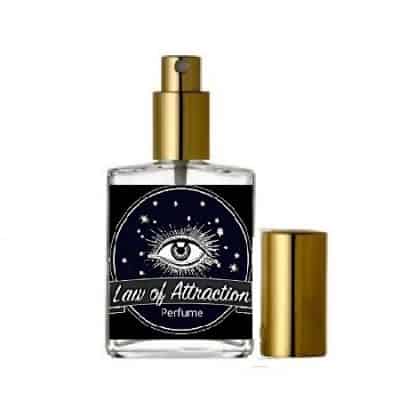
Law of Attraction Perfume
$ 28.00 -

Manifest + Cultivate Oil
$ 21.95 -
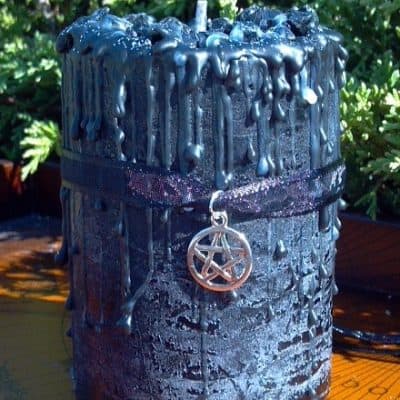
Midnight Spell Candle
$ 14.95 -
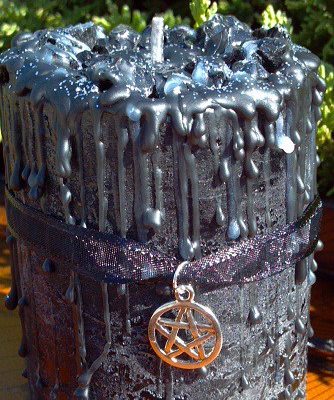
Midnight Spell Candle 3 x 6″
$ 24.95 -
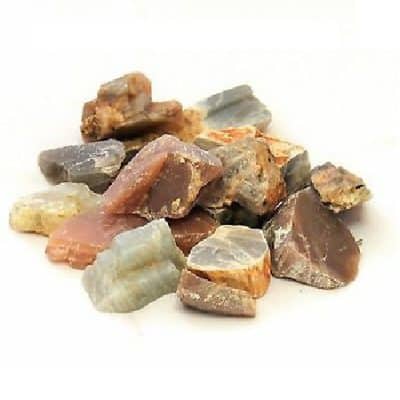
Moonstone Rough
$ 6.95 -
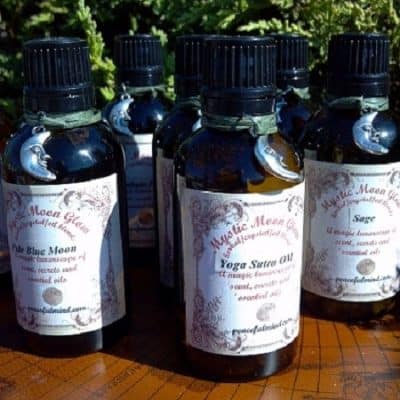
Mystic MOON Glow Essential Oil Blends
$ 9.95 -
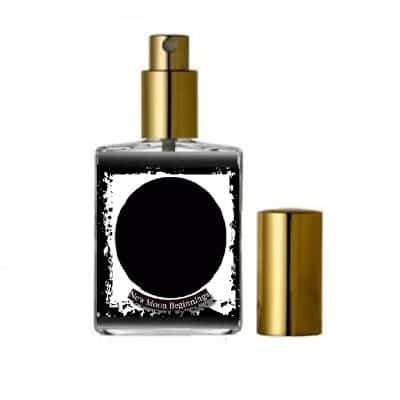
New Moon Beginnings Perfume
$ 28.00 -
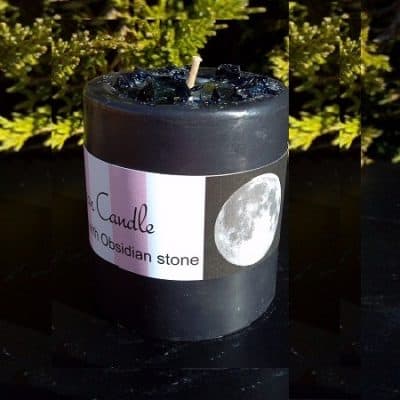
New Moon Candle
$ 14.95 -
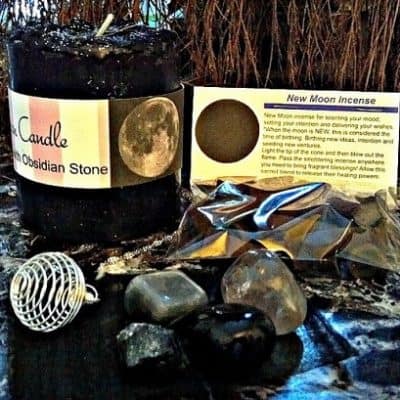
New Moon Ritual Kit
$ 29.95 -
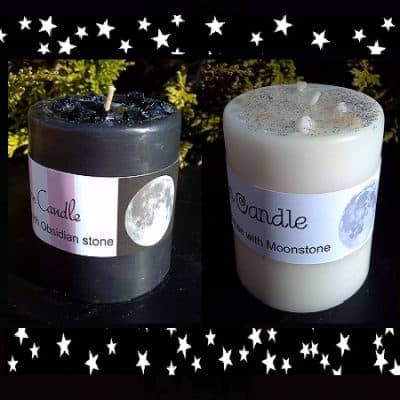
New Moon/Full Moon Candle Set
$ 27.95 -
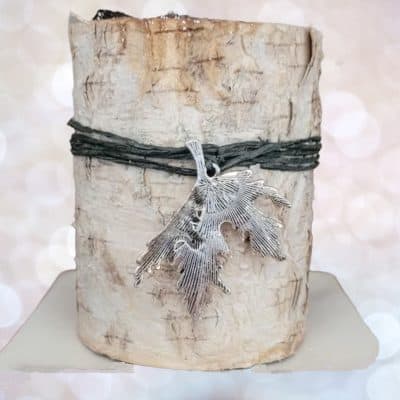
Nine Sacred Woods Candle
$ 21.95 -
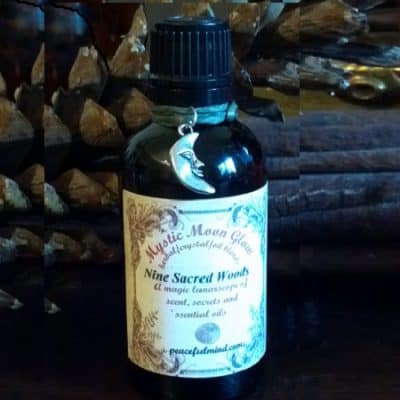
Nine Sacred Woods Elixir Oil
$ 9.95 -
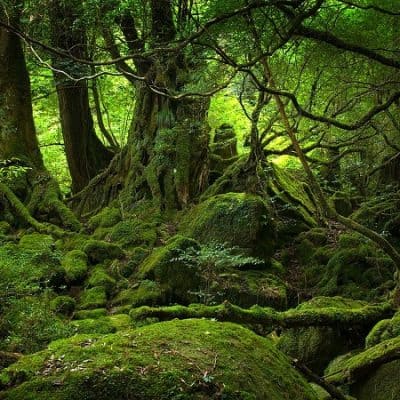
Nine Sacred Woods Incense Cones
$ 4.95 -
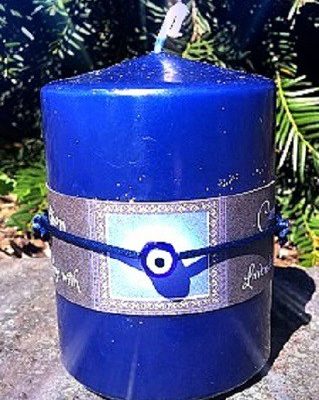
Protection 2 in 1 Candle
$ 21.95 -
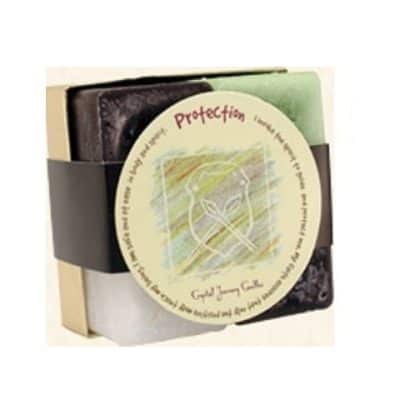
Protection Candle Set
$ 14.95 -
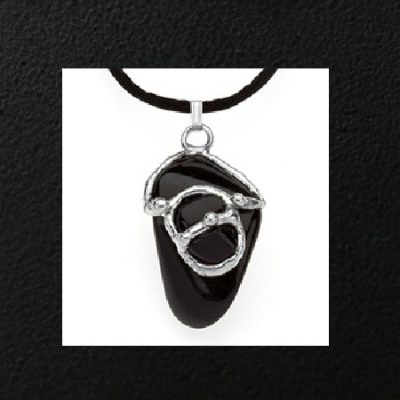
Protection Shield Pendant
$ 32.00 -
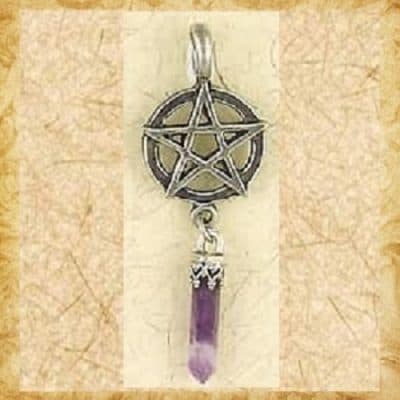
Psychic Pentagram Pendant
$ 24.95 -
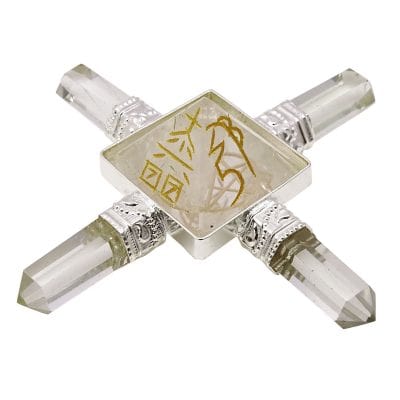
Reiki Quartz Pyramid Generator
$ 21.95 -
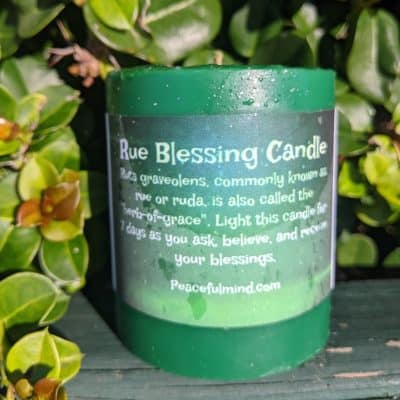
Sacred Rue Candle
$ 17.77 -

Sage Clearing Spray
$ 14.95 -
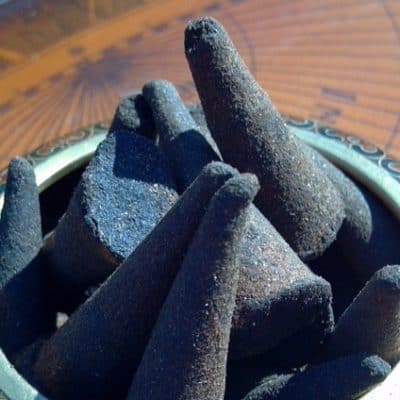
Sage Incense Cones
$ 4.95 -
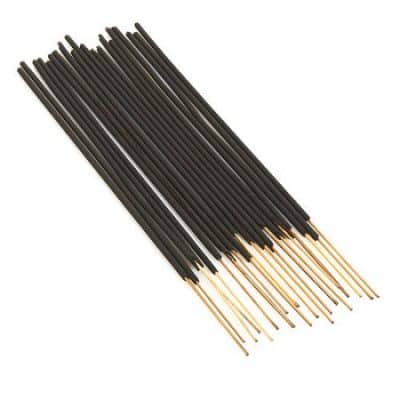
Sage Incense Sticks
$ 11.95 -
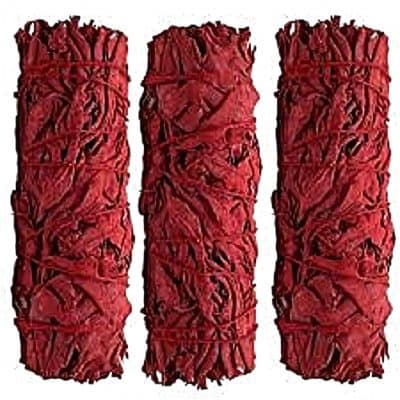
Sage with Dragons Blood
$ 6.95 -
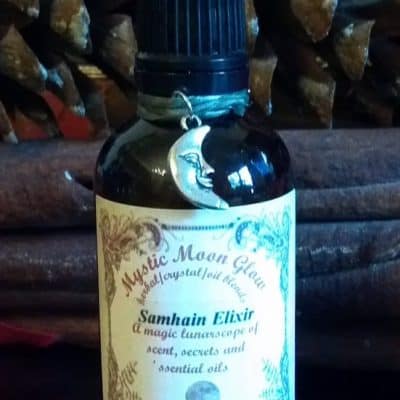
Samhain Oil
$ 9.95 -

Samhain Resin Incense
$ 4.95 -
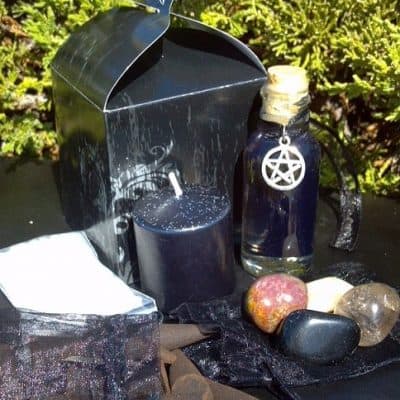
Samhain Ritual Kit
$ 34.95 -
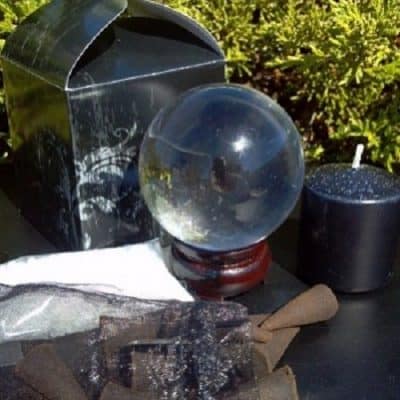
Secret Seance Ritual Kit
$ 34.95 -
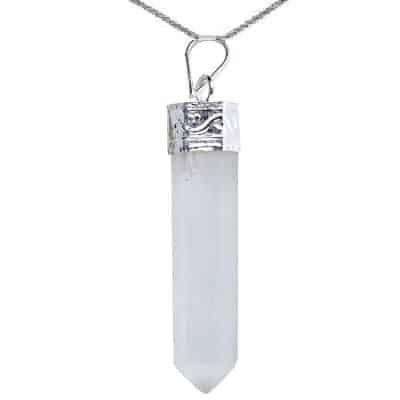
Selenite Moon Glow Pendant
$ 19.95

All Hallows’ Eve
All Hallows’ Eve, most often called Halloween, is the eve of All Hallows (All Saints’ Day) and is the first day of the Hallowtide. According to some scholars, the Christian Church absorbed some of the Celtic practices associated with Samhain and Christianized the celebration in order to ease the Celts’ conversion to Christianity. Halloween originated from the Pagan festival, Samhain, celebrated among the Celts of Ireland, Great Britain. Irish and Scottish immigrants.
Samhain is a time to remember, honor and commune with our ancestors. It is their wisdom and history which enriches our lives and gives us a clearer path to follow and emulate.This is a time to let old habits die and to meditate on who we wish to become. The Winter months are months to muse inward, seeking one’s Self. Spend this time in your studies, calm meditations and gentle reverie so that, come Spring, you may rise renewed, rejuvenated, fresh and whole. Learn more about this festive, fun celebration!

All Saint’s Day
The second day of Hallowtide is known as All Saints’ Day, All Hallows or Hallowmas Occurring on November 1. It is a principal feast of the church year and one of the four days recommended for the administration of baptism in Anglicanism. In some denominations, All Saints’ Day is a holy day to honor all the saints and martyrs, both known and unknown.
The feast of All Saints, on its current date, is traced to the foundation by Pope Gregory III (731–741) of an oratory in St. Peter’s for the relics “of the holy apostles and of all saints, martyrs and confessors, of all the just made perfect who are at rest throughout the world”, with the date moved to 1 November and the 13 May feast suppressed.
This fell on the Celtic holiday of Samhain, which had a theme similar to the Roman festival of Lemuria, but which was also a harvest festival. The Irish, having celebrated Samhain in the past, did not celebrate All Hallows Day on this 1 November date, as extant historical documents attest that the celebration in Ireland took place in the spring: “… the Felire of Oengus and the Martyrology of Tallaght prove that the early medieval churches [in Ireland] celebrated the feast of All Saints on 20 April.” The festival was retained after the Reformation in the calendar of the Anglican Church and in many Lutheran churches.

All Soul’s Day
The final day of Hallowtide is known as All Souls’ Day and is also called the Commemoration of All Faithful Departed. All Souls’ Day focuses on honoring all faithfully departed, especially family members and friends. The observance of All Souls’ Day was spread throughout Europe by Saint Odilo of Cluny in the late 13th century. Like All Hallows’ Eve and All Saints’ Day, family members often attend mass and visit the graves of their deceased loved ones, placing flowers and lighted candles there.
Some believe that the origins of All Souls’ Day in European folklore and folk belief are related to customs of ancestor veneration practiced worldwide, through events such as, in India Pitru Paksha, the Chinese Ghost Festival, the Japanese Bon Festival. The Roman custom was that of the Lemuria.
The formal commemoration of the saints and martyrs (All Saints’ Day) existed in the early Christian church since its legalization, and alongside that developed a day for commemoration of all the dead (All Souls’ Day). The modern date of All Souls’ Day was first popularized in the early eleventh century after Abbot Odilo established it as a day for the monks of Cluny and associated monasteries to pray for the souls in purgatory.
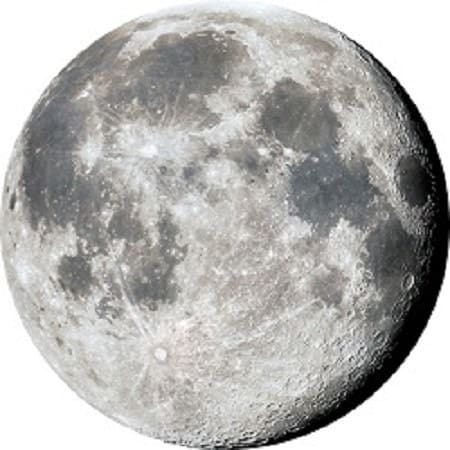
12th Celtic Moon
(Oct 28 – Nov 24) (The Inquisitor) – The month of the Reed is associated with the music made by bagpipes and flutes, and also for divination. The Reed is commonly known as “the elf’s friend”. Although, not a tree, the Celts considered this part of their tree astrology as it has a stem.
Reed is typically used to make wind instruments, and this time of year, its haunting sounds are sometimes heard when the wind blows through the leaves. A summoning call to the Underworld. The Reed Moon was called Negetal, pronounced nyettle by the Celts, and is sometimes referred to as the Elm Moon. This is a time for divination and scrying. If you’re going to have a seance, this is a good month to do it. This month, do magical workings related to spirit guides, energy work, meditation, celebration of death, and honoring the cycle of life and rebirth.
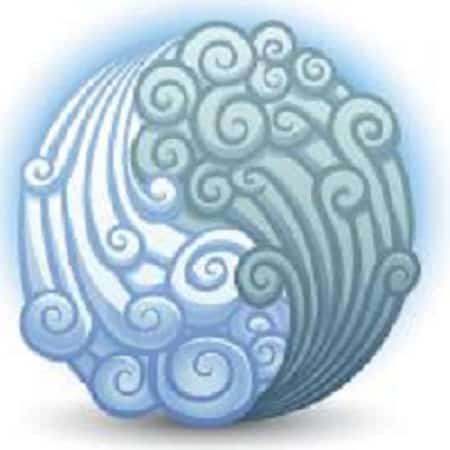
Air
Air represents the breath of life! It is an exchange of electrons or flow of energy. Air is the primary nutrient. Survival without it is measured in minutes.
It is so important that you do it without thinking. Your breathing is the voice of your spirit. It’s depth, smoothness, sound, and rate reflect your mood.
The gift of Air is flexibility, and their ability to experience life through many prisms. They’re often excellent communicators, storytellers, interpreters and journalists. They link people together socially, and often have a curiosity that keeps them out and about.
The Celts gave gender and ruling to the elements. Air is considered masculine element. It is the elder spirit, associated with the aspect of the Old Man or Green Man.

Pentacle
There are very few symbols as easily recognized and misunderstood as the pentagram. The pentagram is easily recognized by the interconnected five point star as an endless knot. It is also recognized as a pentacle, the interconnected star within a circle.
Possibly one of the biggest misconceptions of the pentacle/pentagram is the meanings of the symbol. A general definition would be the four elements in connection with the ruling element of Spirit (or Ether), the circle of the pentacle indicating all things being connected by Spirit.
The pentagram has been a protection talisman painted and hung above doors, a symbol of the Goddess, of life, the elements, and even as a Christian symbol. Early Christians used the symbol to ward away evil and as an emblem of protection, associating it with the five wounds of Christ.

Pumpkin Rituals
An orange fruit harvested in October, this nutritious and versatile plant features flowers, seeds and flesh that are edible and rich in vitamins. Pumpkin is used to make soups, desserts and breads, pie.
Pumpkins have a long history of being able to ward off evil spirits on Halloween night. The tradition of carving pumpkins with faces, comes from Celtic traditions where faces were carved into gourds and root vegetables to keep away evil or mischievous spirits during Samhain.
Cultures throughout the world such as the Balkans, West Africa, China and the Caribbean attribute magical properties to them.
The term Jack O’ Lantern emerged around 1837 and stemmed from the Irish myth about Stingy Jack.
Samhain Blessing
“O memory dear, of loved one passed,
I come to honor in circle, cast,
O ________(honoree’s name), I come to ask for care,
that you will come through humble prayer,
I pay respect and honor here.
that you will always be so near,
to guide, protect and hold me close,
let danger always be disposed.
So with this gesture, loved one dear,
please know I’m with you, every year.”
~ Andrew Pacholyk MS L.Ac

